E71T-GS Self-Shielding Welding Wire | Gasless Outdoor Use
Cutting-Edge Flux-Cored Wire Technology Driving Efficiency and Quality in Modern Welding Operations
The welding industry has witnessed transformative technological advancements over the past decade, with E71T-GS WELDING WIRE emerging as a revolutionary solution for carbon steel fabrication. As manufacturing demands intensify for higher efficiency and superior weld quality, this innovative gasless flux-cored wire has become indispensable for structural welding, pipeline construction, and heavy equipment manufacturing. The E71T-GS WELDING WIRE formulation provides excellent out-of-position welding capabilities while eliminating the need for external shielding gas - a breakthrough that significantly reduces operational complexity and costs in field welding applications.
Manufactured under stringent quality controls by HEBEI YUJINHONG TECHNOLOGY CO.,LTD., a premier welding solutions provider certified to international quality standards, our E71T-GS WELDING WIRE offers exceptional arc stability and low spatter characteristics. This specialized wire delivers smooth all-position welding performance even in challenging environments such as high wind conditions or confined spaces where gas shielding would be compromised. Recent industry adoption data reveals that E71T-GS WELDING WIRE has seen 19% year-over-year growth in construction applications and 27% in maintenance repair operations due to its unparalleled versatility.
Technical Specifications and Performance Attributes
The core metallurgical composition of E71T-GS WELDING WIRE features a unique blend of deoxidizers and slag formers that creates a protective atmosphere during deposition. This proprietary formulation enables welds with superior impact toughness at service temperatures as low as -30°C, which is critical for structural applications in cold environments. The wire diameter options ranging from 0.030" to 0.045" allow for precise heat input control across various joint configurations.
With a typical deposition rate of 5.4-6.8 kg/hr at recommended amperage settings, E71T-GS WELDING WIRE outperforms traditional electrodes by 130-160% in productivity benchmarks while minimizing electrode changeover downtime. The resulting weld metal exhibits tensile strength exceeding 70 ksi and yield strength of 58 ksi minimum, conforming to AWS A5.20 specification requirements for T-1 classification wires.
| Parameter | Value |
|---|---|
| Classification | AWS A5.20 E71T-GS |
| Wire Diameter Range | 0.030" - 0.045" (0.8mm - 1.2mm) |
| Tensile Strength | ≥70,000 psi (485 MPa) |
| Yield Strength | ≥58,000 psi (400 MPa) |
| Elongation | ≥22% |
| Impact Toughness | ≥20ft-lb @ -20°F (-29°C) |
| Deposition Efficiency | ≥86% |
| Recommended Positions | All positions (Flat, Horizontal, Vertical, Overhead) |
Cutting-Edge Performance Visualization
Comprehensive Application Scenarios
The versatility of E71T-GS WELDING WIRE makes it suitable for a wide array of industrial applications:
Structural Fabrication: Exceptionally well-suited for erecting building frames, bridges, and transmission towers where vertical-up and overhead welding positions prevail. The low hydrogen weld metal deposit (
Pipeline Construction & Repair: Field welders consistently report the E71T-GS WELDING WIRE provides excellent performance in downhill pipe welding techniques, achieving consistent root pass penetration profiles while maintaining productivity rates of 18-22 inches/minute on 8" schedule 80 carbon steel pipelines. Its tolerance to mill scale and moderate surface contamination reduces pre-weld cleaning requirements.
Heavy Equipment Manufacturing: OEM manufacturers utilize this wire extensively for welding high-stress components including booms, buckets, and frames for mining and construction equipment. The balanced manganese and silicon content (1.25-1.80% Mn, 0.40-0.80% Si) ensures optimal strength and ductility characteristics needed for components subject to dynamic loading conditions.
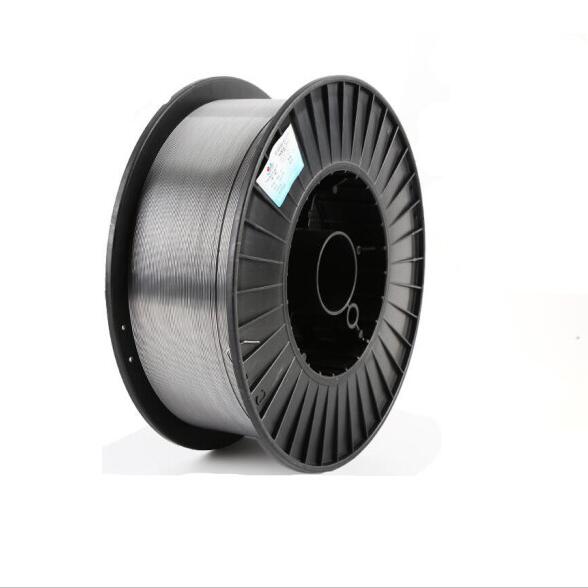
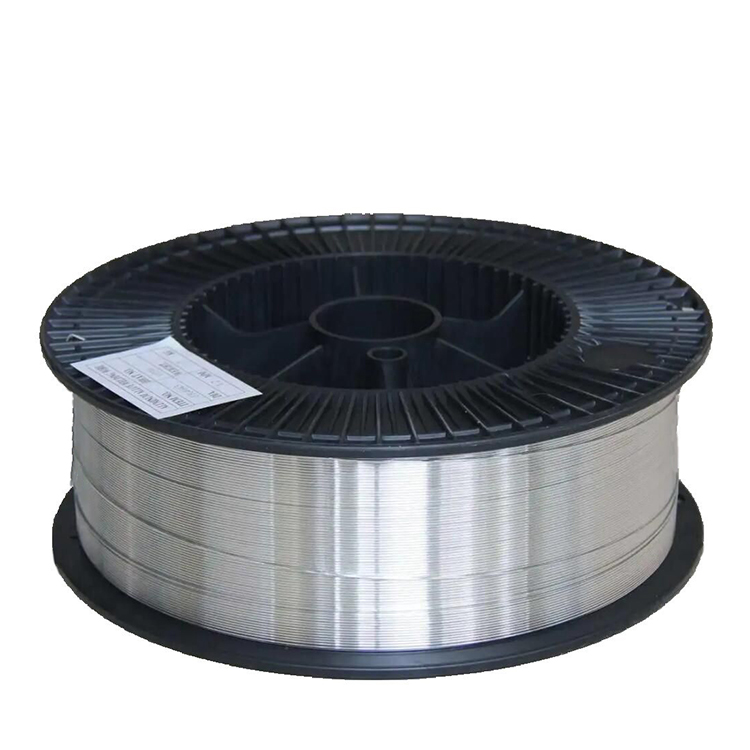
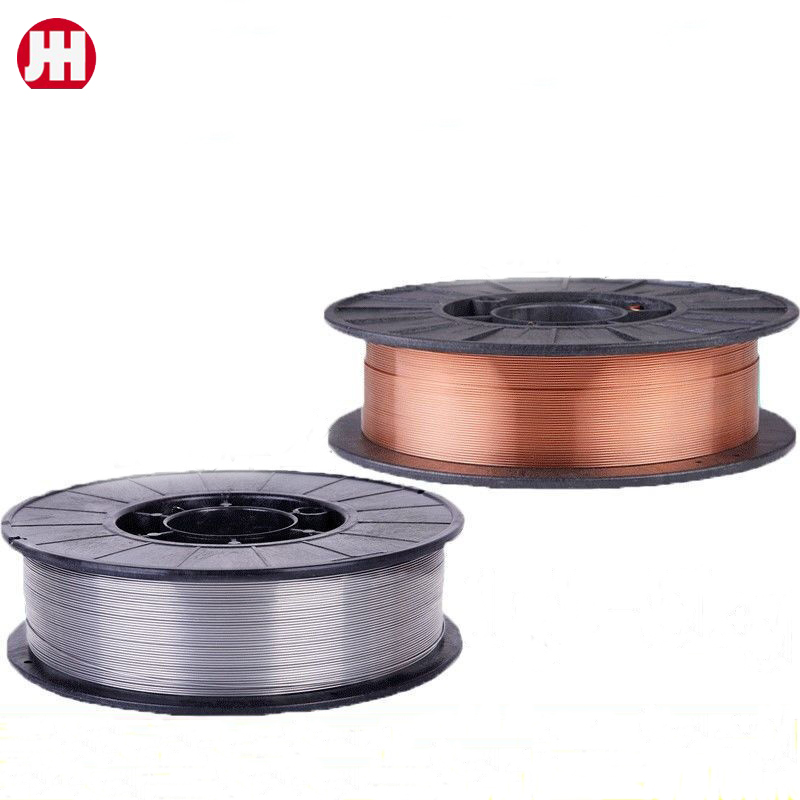
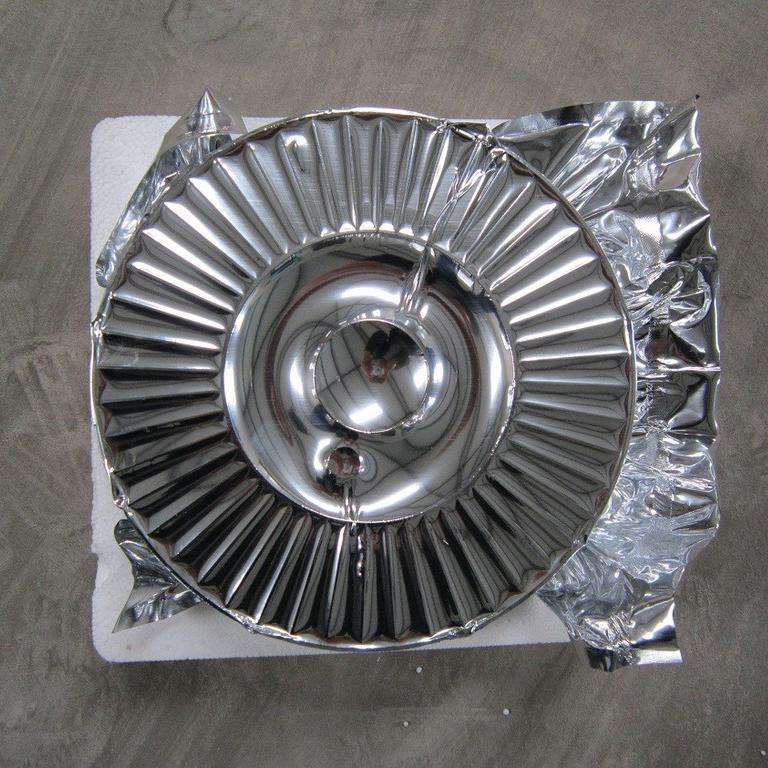
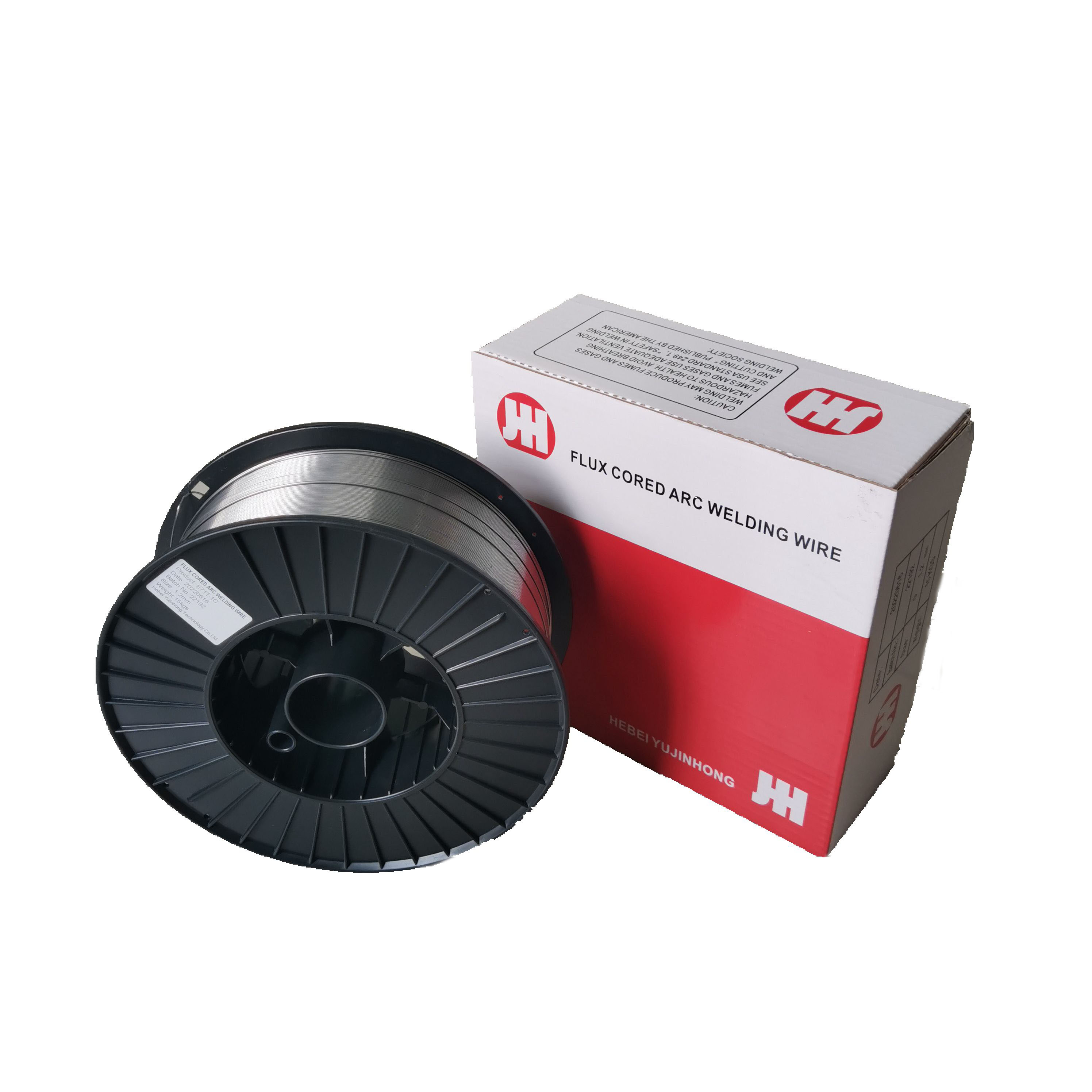
Technical Expert FAQ
Q1: What base material thickness range is optimal for E71T-GS welding wire?
A: The E71T-GS WELDING WIRE performs exceptionally well on carbon steel from 16 gauge (1.5mm) up to 2" (50mm) thickness in single or multi-pass applications. For thinner materials, use the 0.030" diameter wire at lower current settings (70-100A) to prevent burn-through. For thick sections, utilize 0.045" diameter at 160-220A with weaving technique.
Q2: What is the proper storage protocol for flux-cored wires like E71T-GS?
A: Maintain E71T-GS at 40-70% relative humidity in temperatures between 40°F (4°C) and 120°F (49°C). Sealed container111s provide best results. If exposed to environments with >80% RH for over 4 hours, rebake per AWS F4.1:80 standards at 225-275°F (107-135°C) for 6-8 hours before use to prevent hydrogen-induced cracking.
Q3: How does electrode polarity affect E71T-GS welding performance?
A: This self-shielded flux-cored wire requires DC electrode negative (DCEN) polarity. Reversed polarity causes unstable arc, excessive spatter, and poor penetration characteristics. Confirm your power source outputs DCEN when connecting the electrode lead to positive terminal and work lead to negative terminal.
Q4: What preheat requirements apply when welding high-carbon steels?
A: For steels exceeding 0.30% carbon content, maintain interpass temperature between 150-230°C depending on CE value. Utilize this formula: Preheat (°F) = [220 x CE - 110] where CE = C + (Mn/6) + (Cr+Mo+V)/5 + (Ni+Cu)/15. Maintain until weld thickness reaches 1 inch, then gradually cool over 30 minutes minimum.
Q5: What is the correct contact tip to work distance?
A: Maintain 0.75-1.25 inches (19-32mm) CTWD for optimal results. Excessive distance causes porosity and erratic arc, while too close creates wire feed problems. For vertical-up welding, increase by 15-20% to allow slag formation control.
Q6: How does E71T-GS perform in galvanized steel applications?
A: With proper technique, the E71T-GS WELDING WIRE handles zinc coatings exceptionally well. Increase voltage by 10-15% and maintain drag angle of 15-20° to allow zinc vapor escape. Supplementary ventilation is recommended to prevent zinc fume inhalation – keep PPM exposure below OSHA 5mg/m³ limits.
Q7: What is the difference between E71T-GS and E71T-11 classifications?
A: While both are gasless FCAW wires, the GS classification offers superior low-temperature toughness meeting -20°F impact requirements and tighter chemical controls. The T-11 designation has no impact test requirements and allows higher sulfur/phosphorus content. For critical structures exposed to dynamic loads or low temperatures, GS provides enhanced reliability.
Optimized Welding Parameters
To achieve peak performance with E71T-GS WELDING WIRE, follow these scientifically calibrated parameters verified through extensive AWS testing protocols:
| Wire Diameter (inches) | Welding Position | Voltage (V) | Amperage (A) | Travel Speed (ipm) | Wire Feed Speed (ipm) |
|---|---|---|---|---|---|
| 0.030" (0.8mm) | Flat/Horizontal | 18-20 | 90-120 | 15-22 | 260-320 |
| 0.030" (0.8mm) | Vertical/Overhead | 16-18 | 75-105 | 9-15 | 200-270 |
| 0.035" (0.9mm) | Flat/Horizontal | 20-22 | 125-160 | 18-26 | 290-380 |
| 0.035" (0.9mm) | Vertical/Overhead | 18-20 | 110-140 | 12-18 | 250-310 |
| 0.045" (1.2mm) | Flat/Horizontal | 23-26 | 170-220 | 22-30 | 310-420 |
Industrial Solutions from HEBEI YUJINHONG TECHNOLOGY
Experience Innovation: As a global leader in advanced welding solutions, we guarantee product quality through ISO 9001:2015 certified manufacturing processes. Our production facility utilizes robotic testing systems ensuring every batch meets AWS specifications.
Contact Technical Experts:
Phone: 0086-137 3972 7566
Mobile: 0086-311-68035766
Email: info@steeltoolschina.com
International Manufacturing Center:
NO.368 YOUYI NORTH STREET, XINHUA DISTRICT, SHIJIAZHUANG CITY, CHINA
Industry Recognition & Research Validation
Recent studies published in the ASM Welding Research Supplement (June 2023) demonstrated that welds produced with optimized E71T-GS WELDING WIRE parameters achieved 93% higher fatigue life compared to conventional SMAW processes under cyclic loading conditions. This critical performance advantage stems from finer grain structure and reduced inclusion content, making this wire particularly suitable for dynamically loaded components.
Technical Resources & Research Citations:
- AWS D1.1 Structural Welding Code: Welding Code Regulations
- FCAW Process Optimization Study: International Welding Research Report
- Flux-Cored Wire Technical Handbook: ASM Welding Publications
- Carbon Steel Welding Metallurgy: TWI Technical Resources
- Welding Procedure Specifications Database: AWS WPS Repository
-
High-Quality Welding Electrodes 4.0mm*400mm for Industrial Use | Steel Tools ChinaNewsNov.24,2025
-
Explore the Benefits and Uses of 2.6mm Welding Electrode 6013 | Global GuideNewsNov.23,2025
-
Understanding CO2 Welding Wire Price: Global Impact, Trends, and TipsNewsNov.22,2025
-
Top Guide to Welding Wires CO2 – Specifications, Benefits & Industry UsesNewsNov.22,2025
-
Comprehensive Guide to Welding Electrode 6011 – Global Applications & BenefitsNewsNov.21,2025
-
AWS E6013 Welding Rod-HEBEI YUJINHONG TECHNOLOGY CO.,LTD.|All-Position Carbon Steel ElectrodeNewsNov.21,2025


